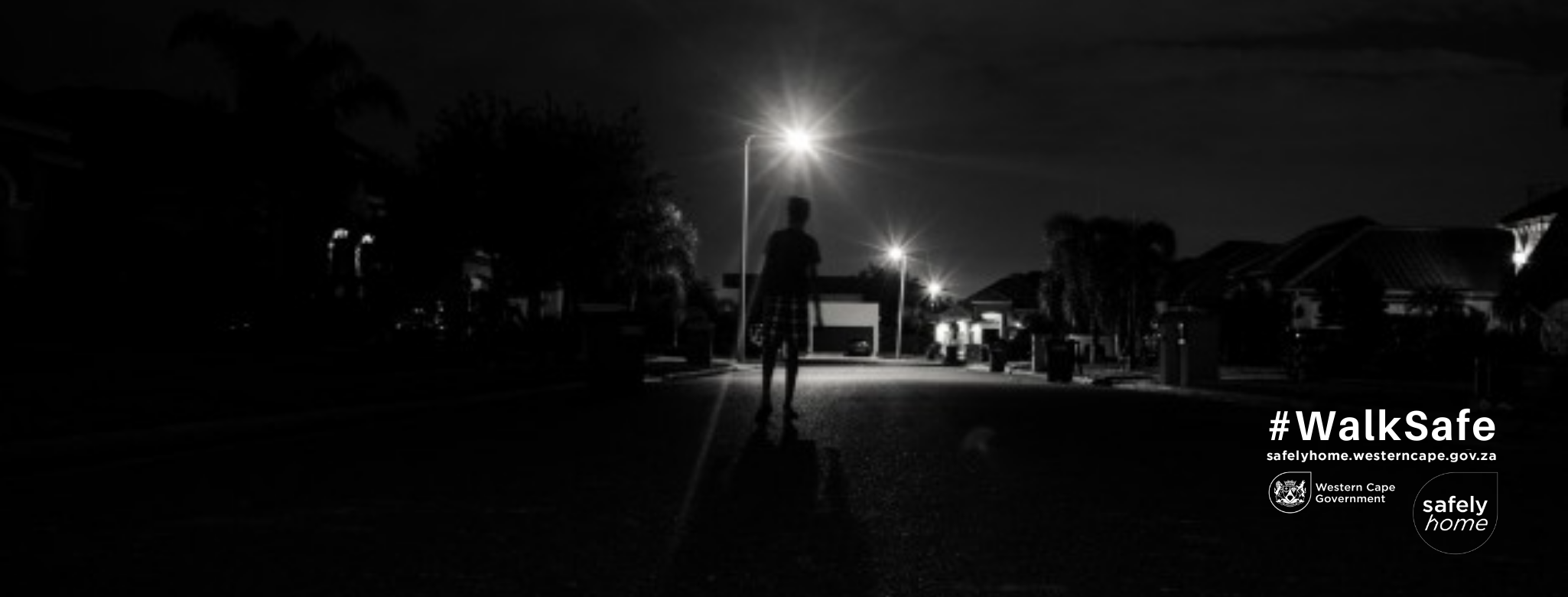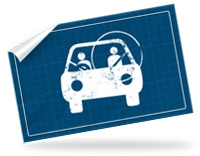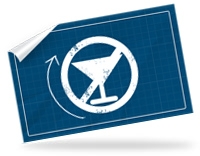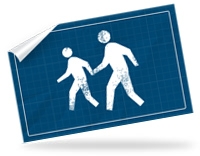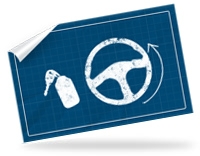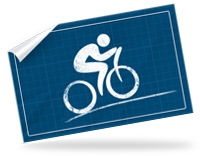Pedestrian fatalities, Western Cape, 1/1/2014 - 31/8/2014. Click on markers for details. Click here for larger map. Source: Forensic Pathology Services, Dept of Health, Western Cape
Pedestrian Awareness: How You Can Make a Difference
582 pedestrians were killed on Western Cape roads in 2013.
By 23 October, 448 pedestrians had been killed in 2014.
Pedestrians made up 44% of this year’s death toll so far.
Most pedestrians are killed in 60 zones.
Poorer communities are disproportionately represented.
Black males, aged 20 – 34, are the highest risk demographic.
Freeway hotspots:
- N1 from Brackenfell to Joostenberg Vlakte
- N2 from Cape Town International Airport to Spine Rd.
- N7 adjacent to Du Noon.
- Vanguard Drive from Masemola Rd to the R300.
- R300 from Vanguard Drive to the N2.
2007 Research found:
- Alcohol was present in 58% of pedestrian fatalities whose blood was tested.
- Alcohol was present in 96% of male pedestrians killed at night.
Pedestrian fatalities are most common between 6pm and midnight.
Pedestrian fatalities increase through the course of the week, peaking on Saturday nights and in the early hours of Sunday morning.
If you know someone, especially a young male, who is drinking regularly, and putting themselves at risk by walking across busy roads or freeways, consider speaking to them about this. Hundreds of lives are being wasted each year when young people, mostly men, consume alcohol and then walk on busy roads, freeways or poorly lit rural roads.
If you are a motorist, consider how your actions could save a life. Taking the choice to slow down, especially at night around pedestrian knockdown hotspots, means you will have more time to react if a pedestrian does decide to cross dangerously, and in many cases illegally. It also means that, if the worst happens, the impact forces will be lower, and the possibility of the pedestrian’s survival increased, especially on urban roads.

